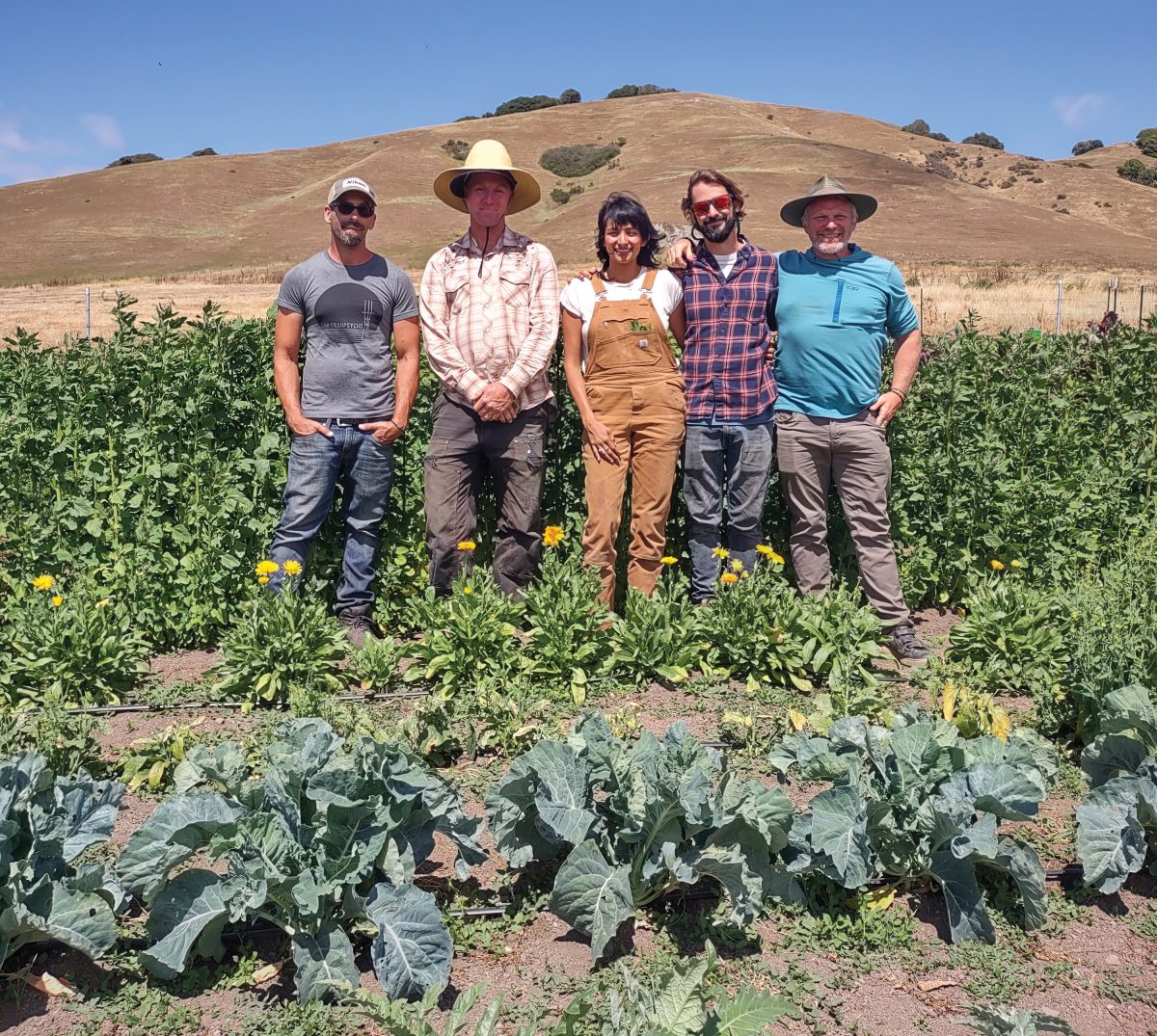Sugar beets, kale, broccoli and calendula poke out between rocks on Blue Marble Acres’ gravel parking lot, which overlooks an expanse of rolling hills on . . .
A restorative vision at Blue Marble Acres


Sugar beets, kale, broccoli and calendula poke out between rocks on Blue Marble Acres’ gravel parking lot, which overlooks an expanse of rolling hills on . . .